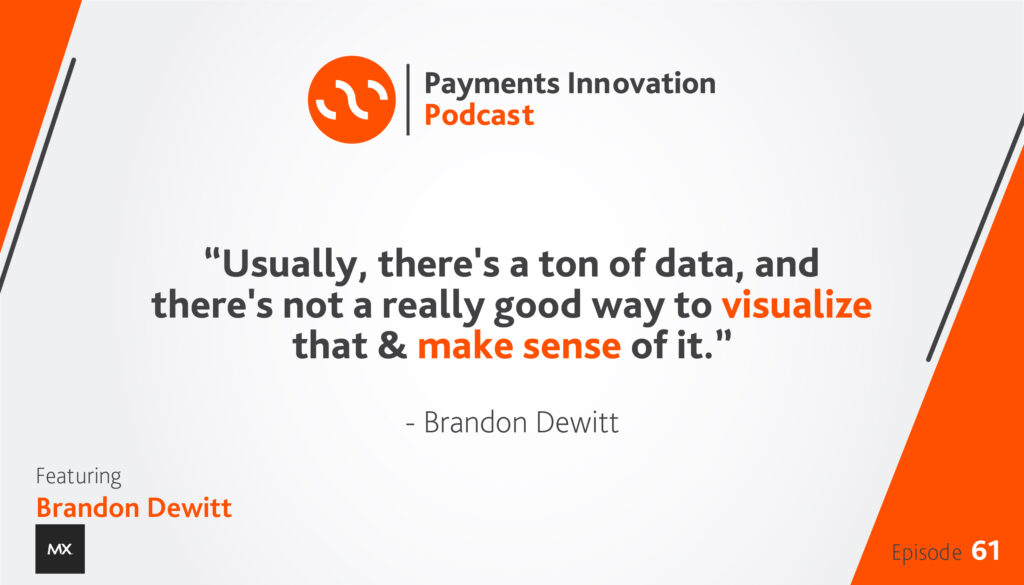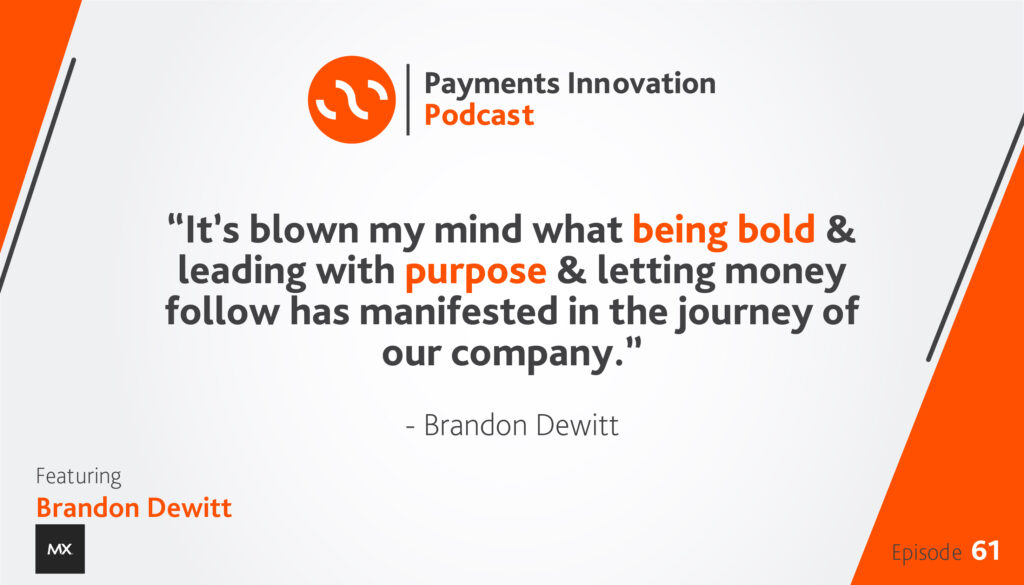It would be easy to chalk Brandon’s passion into something driven by his near-death experiences. But that’s only half the story.
Brandon Dewitt is CTO at MX, a company that grew from the merging of his own company, MyJibe. At his heart, he’s a computer scientist. Well, actually, at his heart, he’s more of a people + computer scientist:
He wants to help people solve real-life problems, by separating out those things computers do well to help people in their everyday tasks.
But, 4 years ago, on his 33rd birthday, Brandon was struck with temporary paralysis in his face — it turns out he had a tumor. Actually, he had over a dozen tumors. The docs gave him 30 to 90 days.
He had 2 thoughts:
1) I’m taking out my 401k and buying every expensive bottle of wine I can.
2) You need to put a morphine drip in my office so I can keep solving problems for people.
He’s not a workaholic. He’s a people-aholic.
Brandon wasn’t itching to get back to his office because he loves work or money. He had to get back because he loves his work — solving everyday people’s financial problems.
Using data science and powerful visualizations, Brandon’s on a mission to help everyday people be excited about their finances.
Here’s the highlights from our interview on the Payments Innovation podcast:
Financial services is really good at reducing risk

After several years working for Experian, Brandon more or less swore off the financial sector.
Of course, things never work quite the way we think.
Fast forward several years, and Brandon had sold a company built on his marketing software product, and, by now, companies like Google and Twitter had confirmed 1 thing to Brandon:
His technology-driven gut was actually usually right.
Brandon thought, if I go back into financial services, I can fight for the consumers.
Everyday people need a different financial visualization
Brandon likes to think in terms of bell curves (must be the computer scientist in him).
So, if we consider society as a bell curve, we’ll find on 1 side that there’s a small percentage of people who are incredibly disciplined about budget. On the other end, there’s an equally small percentage of people who have far too much money to care.
Most people, though, are right in the middle: they aren’t able to devote a ton of time to the rigor of budgeting with every ounce of their life, but they also don’t have so much money that they can’t care about budgeting. That’s the group Brandon wanted to help.
At MX, he looks for what he calls “smart automation” opportunities. He focuses on:
- Visibility for consumers
- Showing a consumer’s “trajectory,” with colors and graphs, not just the exact numbers
The reason why this “trajectory” or “directionality without exactness” outlook is so important is because:
Consumers often won’t look at their own financial situation.
Many of the ways in which financial software is written is not from the perspective of the average consumer. It’s written for the wealth management of the extremely wealthy, or, the software was written from the perspective of the financial services themselves.
Consider how net worth is visualized, for instance:
Overall, for most people at any given point in the US, they have a mortgage, meaning, they likely have a negative net worth. So, logging into visualize their net worth using a traditional model would show depressing red numbers.
No wonder the average consumer isn’t interested in looking at their financial situation.
The banking industry is becoming more consumer-focused
Far from having a negative outlook on the traditional banking sector, Brandon has found extreme favor within the industry. From his perspective, banks have been more than willing to adopt MX’s “average consumer” approach.
Specifically, MX:
- Works with banks to deliver the best possible experiences to their channels and audiences
- Works with banks to work with the end consumers on A/B testing and user feedback
Banks are certainly realizing that, fundamentally, advocacy for the consumer is becoming increasingly important, as the cost of switching is continually driven down.
Banks actually want to do what’s best for the consumer.
In fact, I asked Brandon if he could remember that when doing something right for the customer was ever challenged by a bank.
His answer?
“I can’t remember a single instance.”

Brandon’s beating more than cancer
Brandon’s boldness in the financial services industry, coupled his consumer-first approach is gaining clout, and he’s taking the traditional banks with him into the future.
We can’t wait to see what else he conquers.
To ensure that you never miss an episode of Payments Innovation, subscribe on Apple Podcasts, or Spotify, or here.
Until next time!

